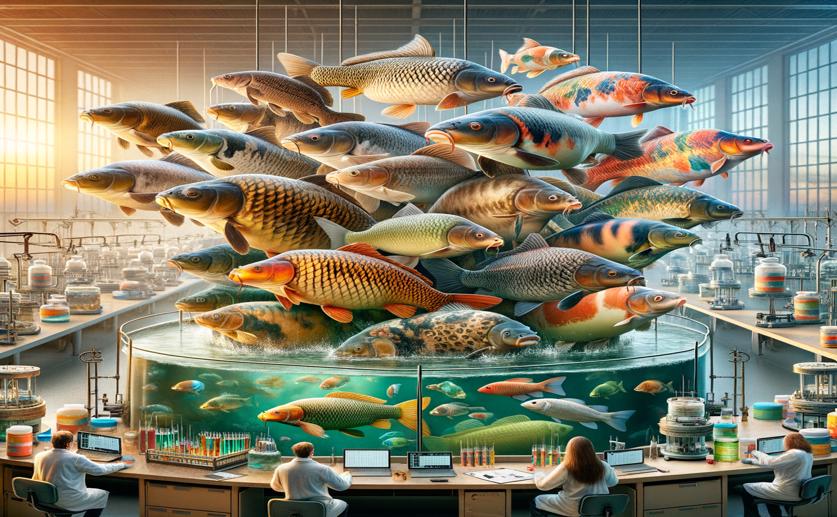
Exploring the Genetic Variety of Common Carp in Breeding Programs
Greg Howard
21st April, 2024

Image Source: Natural Science News, 2024
Key Findings
- Scientists in India are breeding a salt-tolerant strain of common carp for sustainable aquaculture
- The study used body measurements and DNA analysis to identify genetic diversity among carp stocks
- Findings will help select the best candidates for breeding carp that can thrive in saline waters
References
Main Study
1) Genetic diversity of common carp Cyprinus carpio in the base population of a selective breeding programme in India
Published 18th April, 2024
https://doi.org/10.1007/s44338-024-00004-3
Related Studies
2) Soil salinization management for sustainable development: A review.



 9th April, 2024 | Jenn Hoskins
9th April, 2024 | Jenn Hoskins